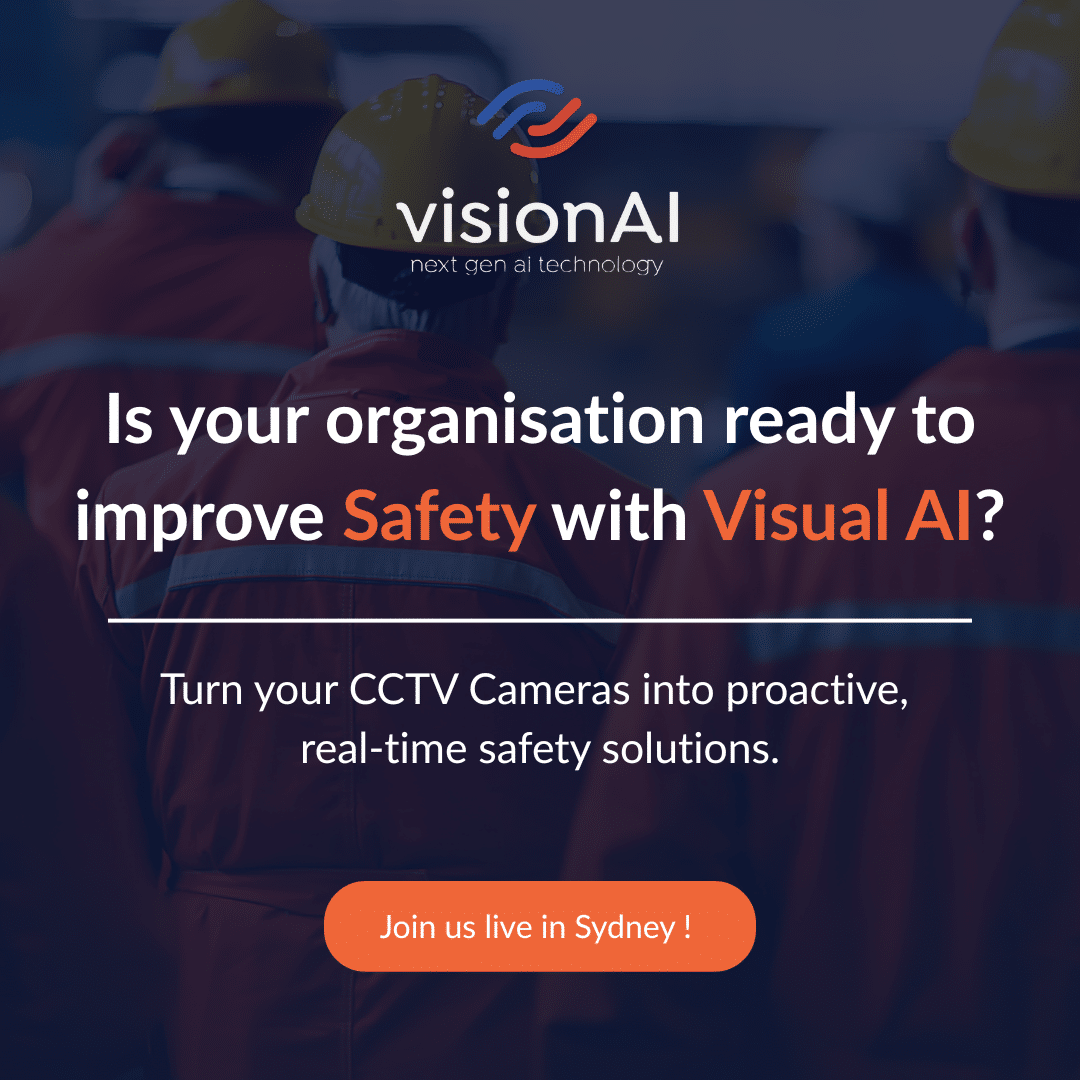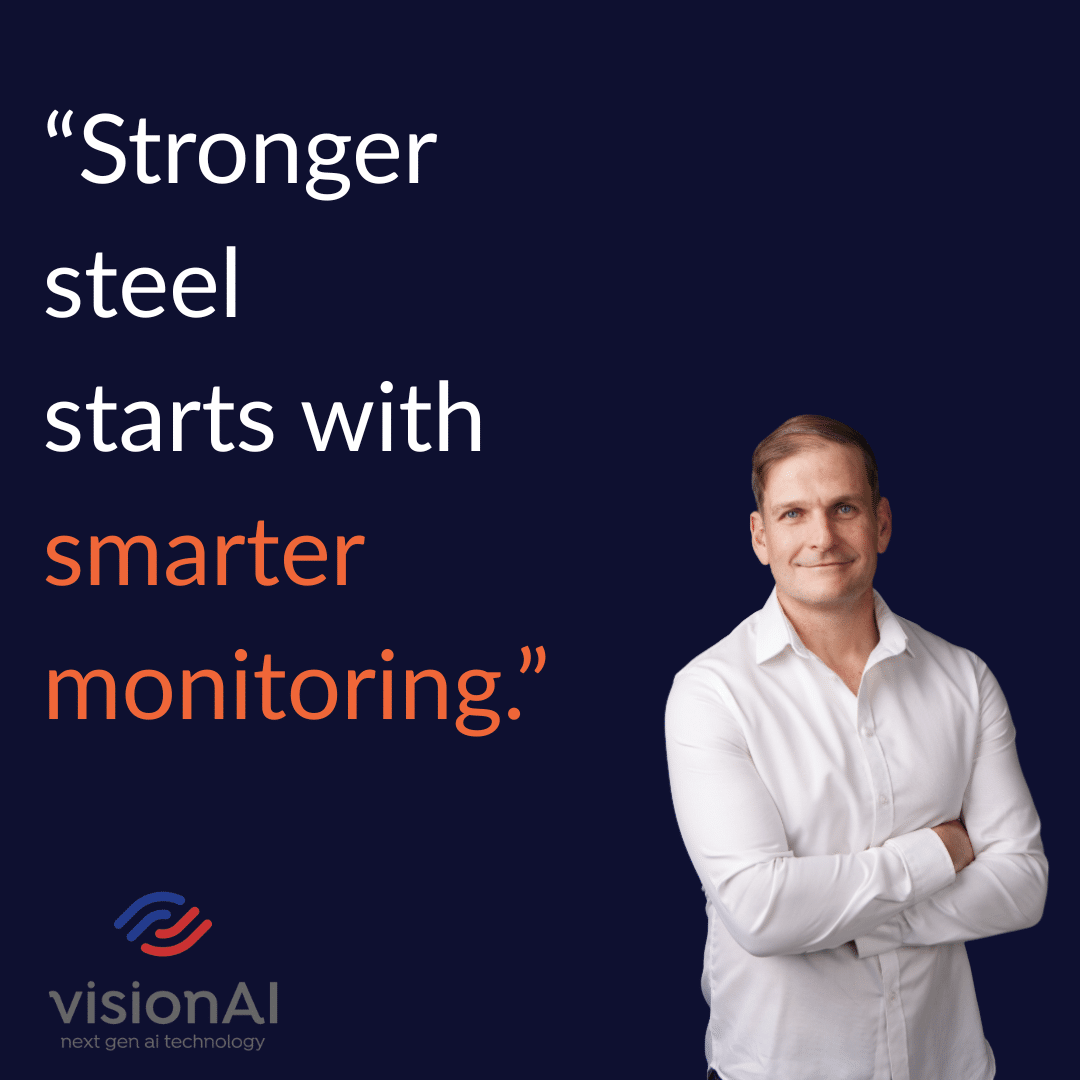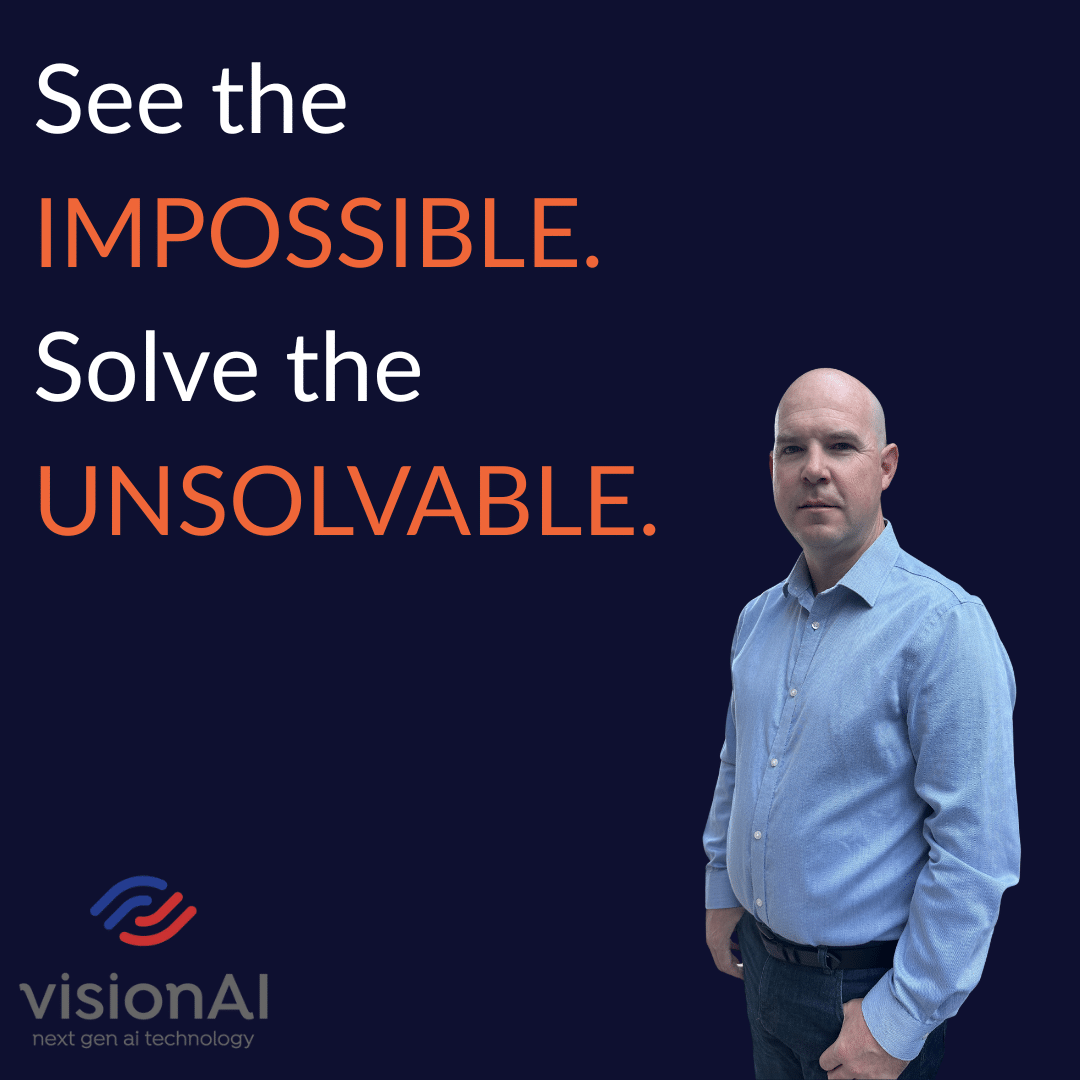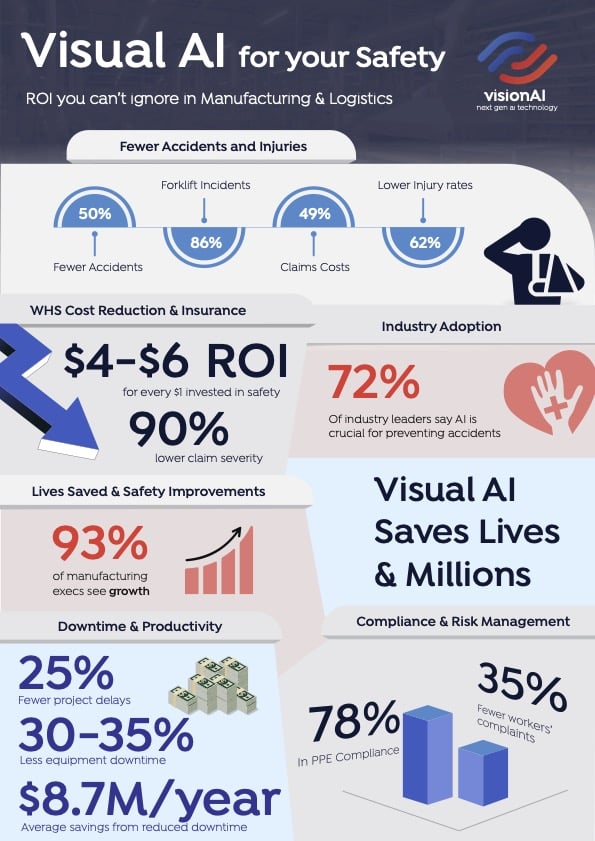What Is RPA: A Definition Anyone Can Understand
While the term robot process automation or RPA may sound complicated, we are confident that 5 minutes from now you’ll be blown away by how uncomplicated it actually is. Especially considering the surprisingly simple and concise guide we’ve prepared for you. Without further adieu, we’ll jump right into what RPA is all about.
If you were hoping to pursue your dream of building robots, we’re sorry to say, but you won’t find any real robots here. The reason for confusion is that the programs used for RPA processes are frequently referred to as robots or bots. If you’re still confused, allow us to clarify: These software robots replicate human activities, and we all know that a robot is simply a machine designed to autonomously copy human movements or functions. Robotic process automation is the process of developing software to automates mind-numbing repetitive tasks. Simple, isn’t it?
While these robots may be confined to software programs on a computer or virtual machine, they are no less impressive than their industrial counterparts. Any business can potentially benefit from using RPA programs. These robots are highly customisable and they can be used for a wide variety of applications.
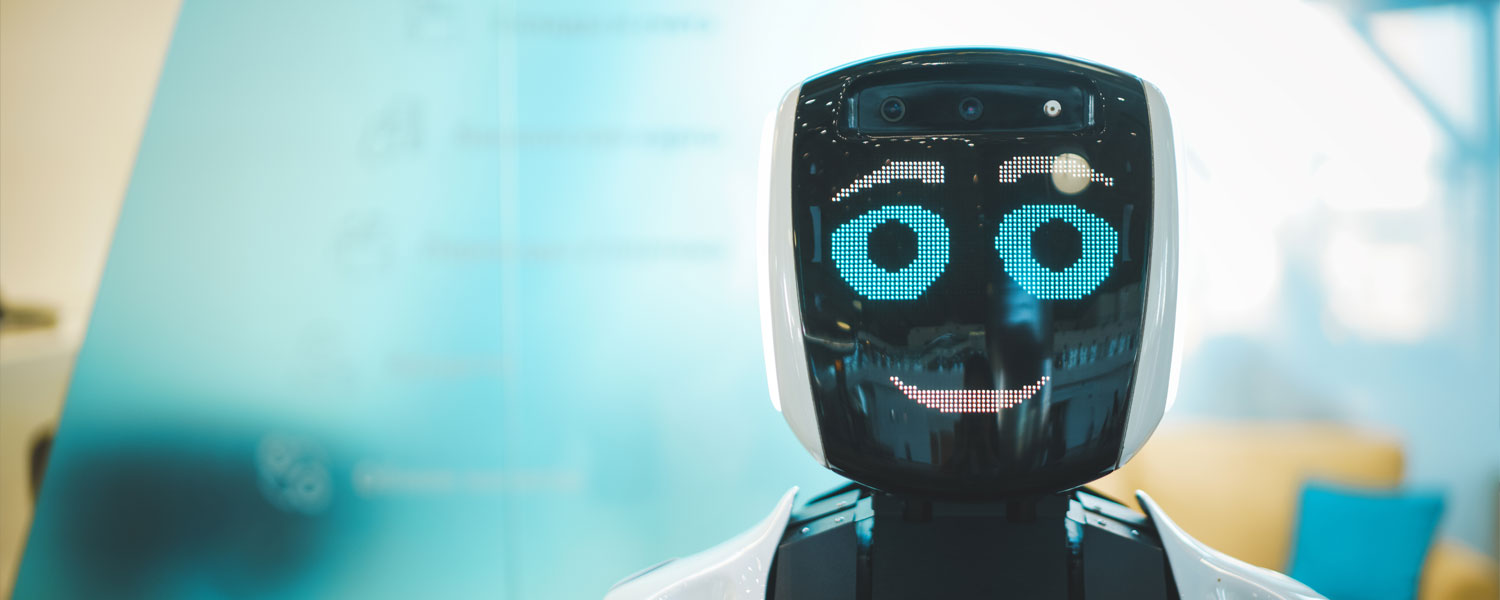
Differentiating RPA and AI
RPA is often confused with artificial intelligence (AI) or machine learning (ML). Although these technologies are commonly used in combination with the other, it is important to understand the difference between them. Robotic process automation involves software robots that copy human behaviours based on a programmer’s logic. AI on the other hand mimics human intellect and thought processes.
The choice between using RPA or AI should be assessed on a case to case basis. Small startup companies generally implement automation processes as an introductory step toward intelligent automation.
Task Automation: RPA Can Automate That
We know you’re wondering what tasks can be automated using RPA, but a better question would be, what can’t they automate? If it’s repetitive, rule-based, and involves structured data, it can most likely be automated. Entire processes can be completed from start to finish without human intervention, from processing transactions to data extraction.
Despite how new this technology is, it is rapidly evolving with the help of other technologies such as natural language processing and computer vision. As a result, it is simply a matter of time before it’s repertoire of capabilities are expanded even further.
Robotic process automation may be used in practically any sector that uses computers to execute operations, although the need will be greater in certain areas compared to others. This technology can help companies from various industries complete tedious computer work, much to the relief of employees and employers alike. The real challenge is determining where and how to best utilise this technology.
Keep up to date with all things RPA and AI with more content on the VisionAI blog page.
The Vision AI Suite provides business automation solutions using AI and RPA technology. Customer interactions, onboarding, identity verification and data extraction are just a few of the day to day actions that can be automated with the help of the Vision AI Suite.
Contact Vision AI Suite to schedule a free demo.

